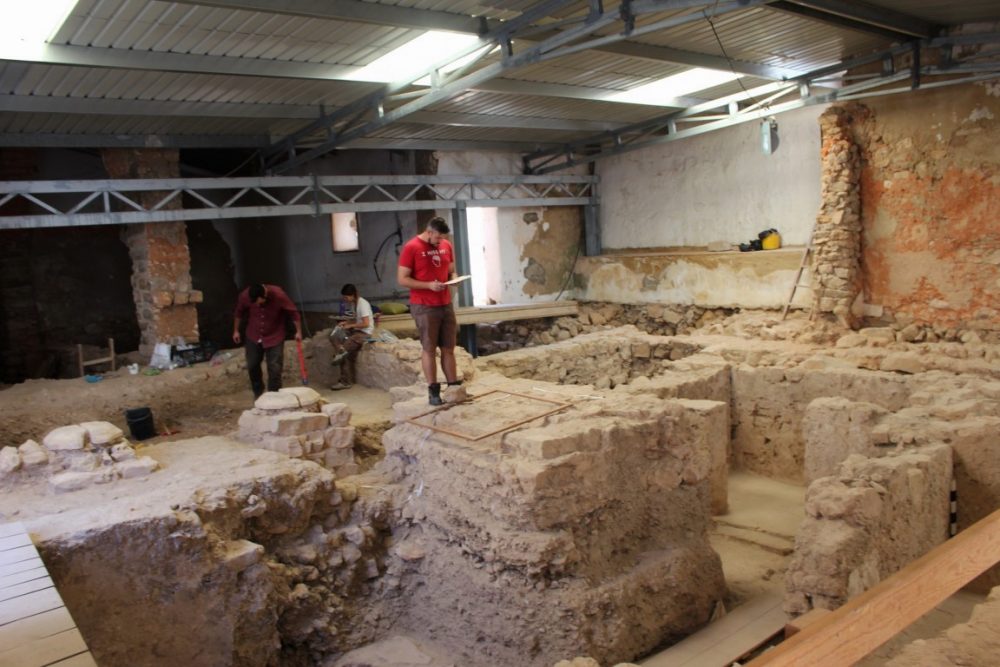
In the period when Muslims still dominated the Al-Gharb (Algarve), the baths were located at the entrance to Al-'Ulyã (Loulé), having operated between the 900th and 3th centuries. Today, XNUMX years later, the Islamic Baths of Loulé are the only ones excavated in the country and the local authority wants them to be promoters of cultural tourism. To this end, they will have a XNUMXD interaction, which will allow visitors to see how the baths were in their time of use.
Whoever enters the complex of Islamic baths in Loulé sees ruins, in a labyrinthine heap of stones. It is known that this is where they worked, but the marks of time are clearly visible. To understand how they were – and how they were used – is not visible to any eye: it takes a deep scientific knowledge.
That is the main reason why this 3D survey is being done. «We want everyone to be able to understand what these public baths were like when they were complete», explains Alexandra Pires, archeologist at the Câmara de Loulé. For now, the only information available to visitors to Islamic baths is a plaque on the wall, which provides a framework for the history of that complex and shows a plan of what the Baths and their different areas would be like.
Martino Correia is responsible for this 3D survey and was contracted by the Loulé Council to the Mértola Archaeological Field, which is a private entity, within the scope of the protocol established between both entities. Tall, he wears shorts and sneakers that, between the crossroads in the Islamic baths of Loulé, he makes notes on paper. Technological work has also done it, using a technique called photogrammetry.
«I took several photos of the same place, but from different angles. Then I used a that can locate various points in different photographs, creating a three-dimensional object. In other words, creating a digital replica», he explains, showing the final result on the computer. In total, reveals, he took about 1400 photos.
Despite still being «at a very embryonic stage», this 3D project already has a goal: «we want people to feel that they are walking through the archaeological dig», he says. Although I still don't know if it will be through computers, tablets, or any other technology, Martino Correia explains that the idea is for visitors to click on buttons that allow them to see what each bathing area was like in its time.
The objective of this 3D survey, he adds, is to reconstruct “the appearance of the structure and the surrounding area, even trying to insert the complex into the urbanism of Loulé at the time, so that it can then be presented to people, either through a tour virtual, or through animations'. The XNUMXth century house, which was installed above the old baths, which has been filled in the meantime, will also be virtually rebuilt.
For now, there is already a sample. Martino shows one such example, through which, by pressing a button on the computer, digitally rises, in an area of the Baths, what was once an arcade, now destroyed.
If the technological part is thought out, the more logistical aspect also already has some ideas. Alexandra Pires explains that the objective is not for people to walk on a glass surface, with a metallic structure. In the Loulé Museum, for example, which is half-walled with the Islamic complex, there is one of those structures that allows you to see other ruins, located below ground level. “The problem is that it creates too much moisture and damages the glass, so it's not the best solution,” he explains.
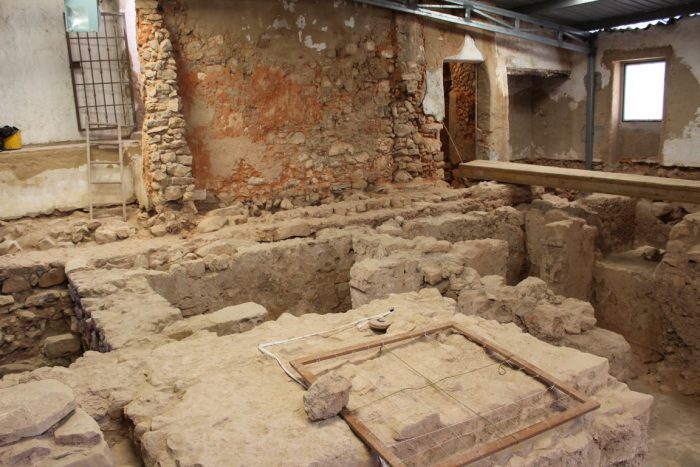
Two weeks ago, it was presented at the Museu de Loulé, a new application that allows your visitors to see, in the smartphone ou tablets, how were the pieces exhibited in their time of use, or when they were complete. This 3D survey also follows on from this use of technology in the service of a better understanding, by visitors, of the archaeological heritage of Loulé.
Rita Moreira, head of the Culture Division of the Loulé Chamber, sees this “cultural tourism” as the future. «This is the clear bet we have. We want to bring more and more people to the city», he says. In this sense, the potential of Islamic baths is “great”. "I believe that, in the future, there will be people who might come, on purpose, to Loulé just to visit the Islamic baths", she adds, convinced.
Archaeologist Alexandra Pires confesses that the city is not always known, in an Algarve where the «reign of the sun and the beach». And he tells, between laughs, a story: «I met a lady who has been visiting Vilamoura for many years and who had never been to Loulé. When she came here, she was surprised and even told me that she had no idea what the city had to offer».
As for the completion date of the work on the Islamic baths, and the consequent opening to the public with the interaction in 3D, there is no forecast. “There is still a lot to do. It's all at a very early stage. This is not an architectural project where everything is outlined. In an excavation, you can always find something else», concludes Rita Moreira.
In addition to the most modern technology, archaeological excavations continue in Islamic baths, under the responsibility of two archaeologists from the Archaeological Field of Mértola.
After the cold tanks, latrines and vestibules were uncovered in 2014, the structure of the furnace of those public baths and the cold room remains to be found and excavated.
If archaeologists manage to find the furnace and cold room, this will be "the first complete floor plan of public Islamic baths to be discovered in the Iberian Peninsula", the researchers emphasize. In other words, for the first time, archaeologists will reveal a public bath complex that is about a thousand years old, which was frozen in time.
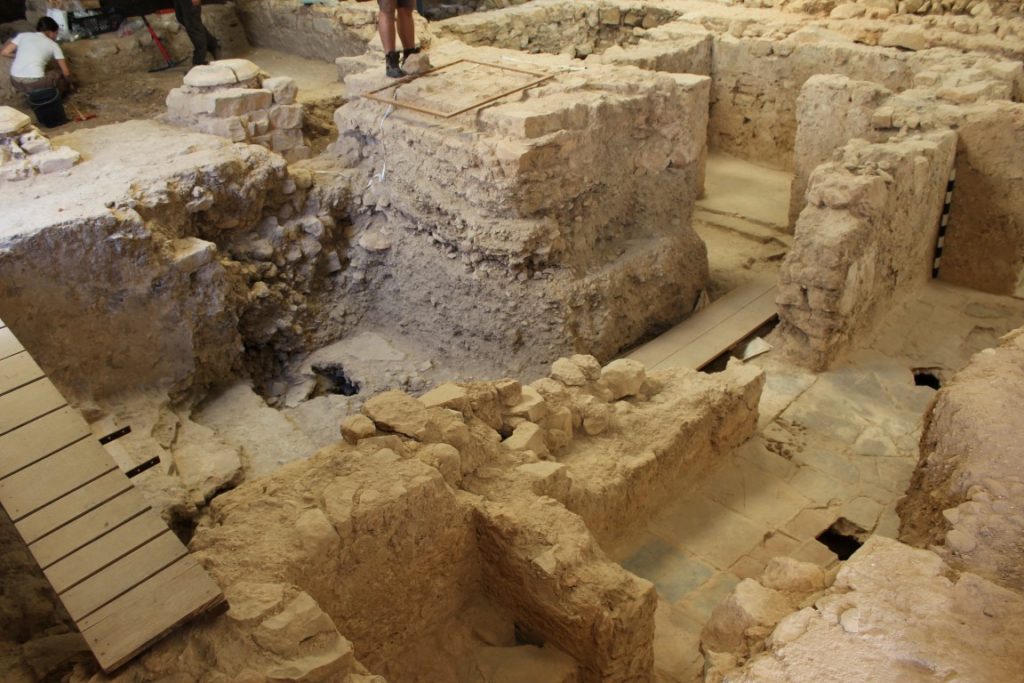
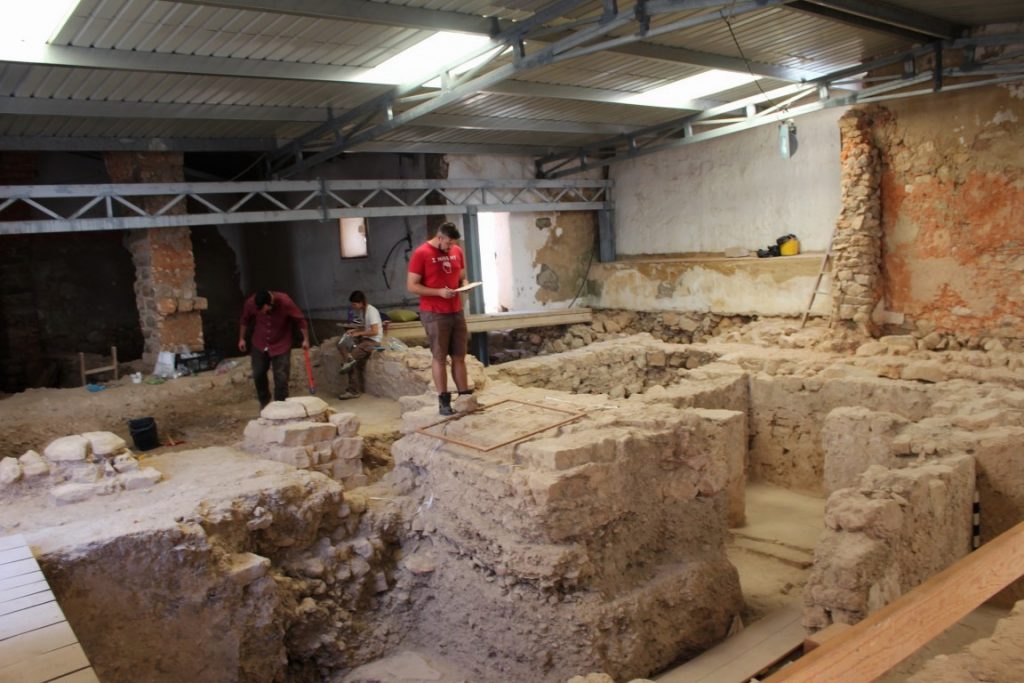
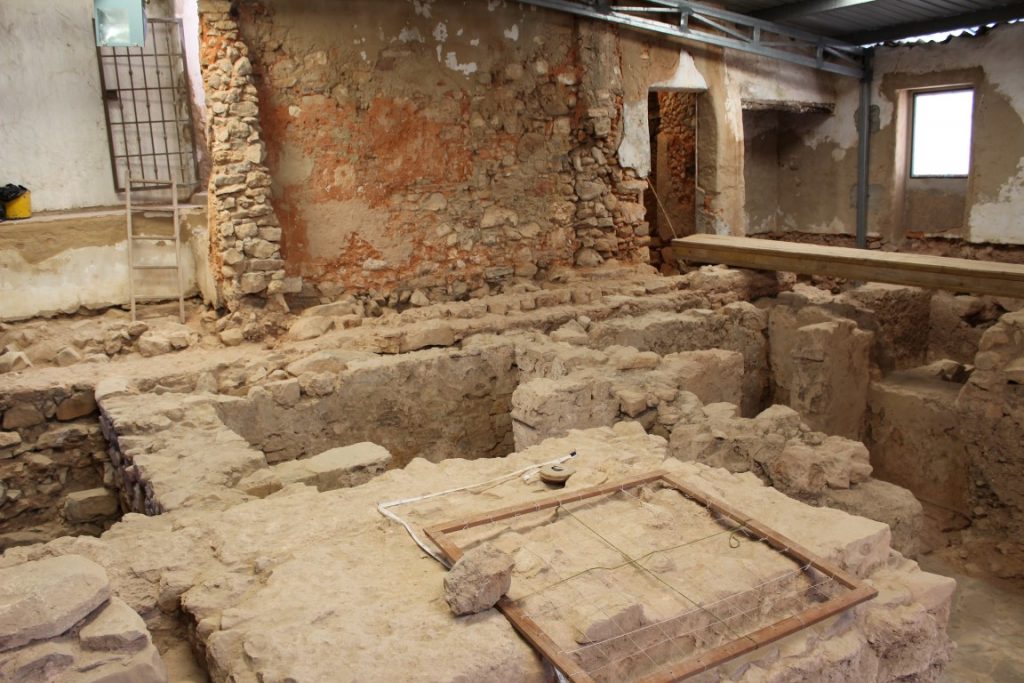
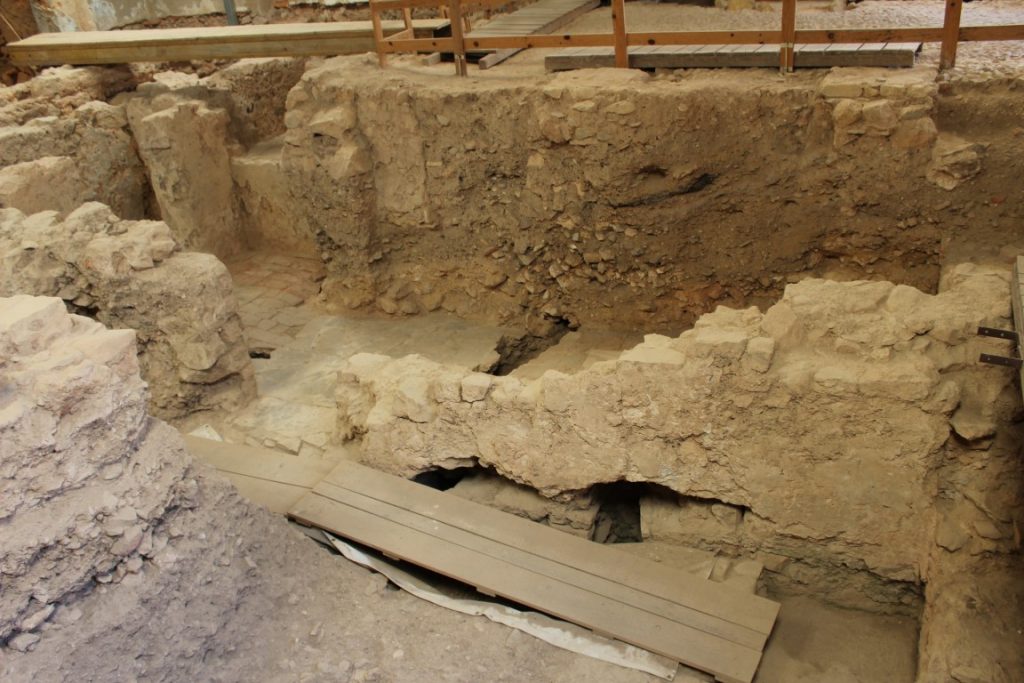


















Comments